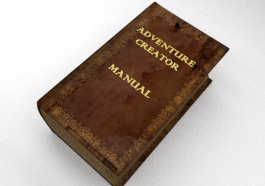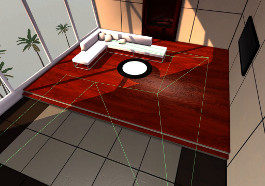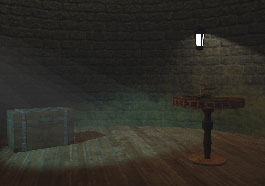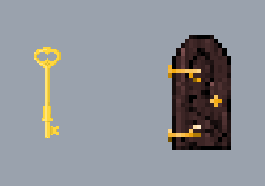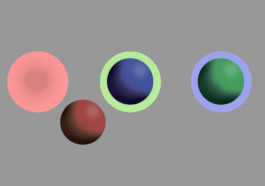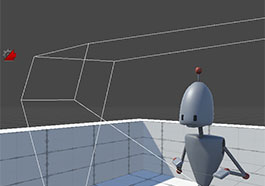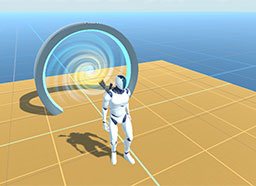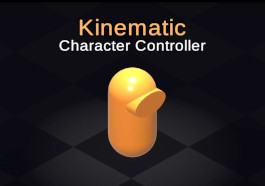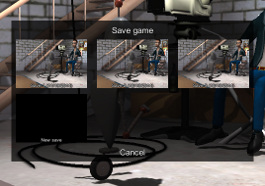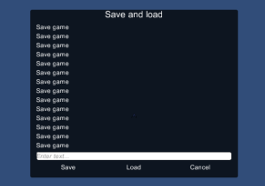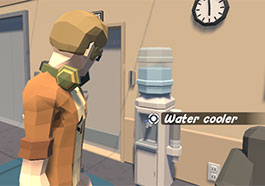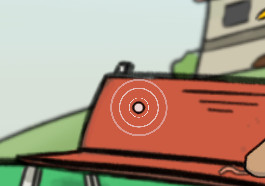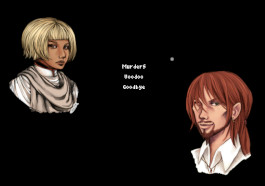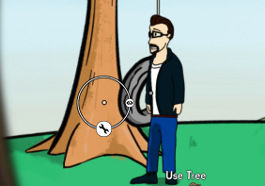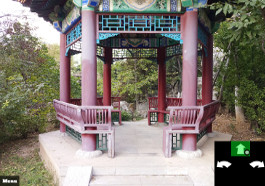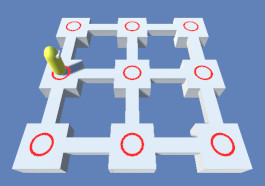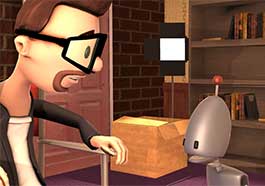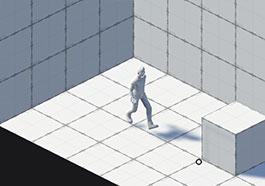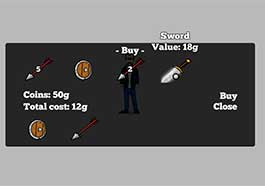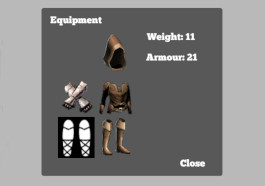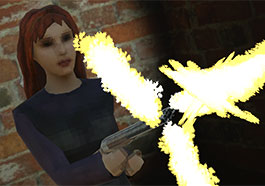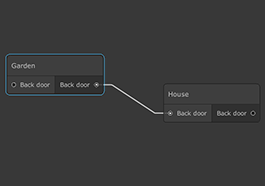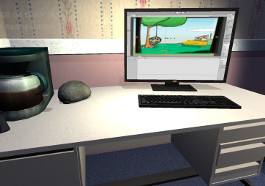Want to study the full documentation to really know if Adventure Creator's for you? Grab it now!
Downloads
Some of the tutorial videos make use of a few ready-made assets to get started with. Grab them here to follow along, designed for Unity's URP.
The Built-In Render Pipeline variant of the Tutorial Files package used by some of the tutorial videos.
A short game that demonstrates "physical" puzzle mechanics, popularised by "The Room" series of mobile games. Download the source here, or play online.
A collection of example scenes that show how different puzzle types can be made in AC.
This puzzle template uses custom events to extend gameplay by making a simple "item arranging" puzzle.
Play Articy:draft Flows as cutscenes using this integration package, complete with variable-saving and language-syncing.
Move AC Characters using Behaviour Runners and link variables with Blackboard keys with this integration package for AI Tree.
Sometimes a dedicated character controller asset is needed for more refined control over your character's movement. This package provides a bridge between AC and the excellent Kinematic Character Controller.
Setting up independent head animations for talking and turning is simple - these player prefabs show you how!
Inspired by Disco Elysium, this package provides a scrollable text box that shows all dialogue and conversation options. Requires TextMesh Pro to use.
Emulate classic text adventures of yesteryear with a pop-up text parser, letting you interact with objects by typing.
An alternative subtitles menu that dynamically resizes itself to fit the display text. Note: requires TextMesh Pro to be installed first.
Having thumbnails to look at is much nicer than reading filenames - with this template, make saving your game a little bit easier on the eye.
Then again, maybe you want a more retro-feel for save game management! This template lets you enter in a name for each file before saving.
Inspired by Beyond a Steel Sky, this template allows for Hotspots to be detected when within a circular area on the screen.
Add some snazzy feedback to the player, by showing simple animations underneath the cursor whenever they click.
This package demonstrates how to emulate Gabriel Knight 1's classic "dual portrait" conversation system.
Prefer a more streamlined interface when solving puzzles? This template is inspired by Telltale's Walking Dead series.
Go to the moon with this movement system that emulates classic JRPG behaviour, where characters move around cells on a Tilemap grid.
AC is highly customisable - and even moreso through scripting. This package demonstrates how to easily write a "2D first person" navigation system.
This advanced template uses custom scripting to achieve node-based movement, where characters can only move between pre-determined points. Including in first-person!
Does your game involve talking to many NPCs? Save time setting up the camera, as this package handles dynamic camera shots automatically!
A special camera type made for 3D isometric games, where the camera follows the Player at a fixed offset.
The inventory system can be easily extended through scripting. This package demonstrates how you can create a shop system with buy and sell mechanics!
With a bit of custom scripting and use of Inventory item properties, this example package shows how a basic equipment system can be built.
Event hooks can be used to add custom functionality through script. This package demonstrates how to add classic Resident Evil-style combat, complete with enemies and 3D inventory.
View and manage your game's scene connections from a single graph, doing away with the need to reference scene names directly in game logic and PlayerStarts.
AC's legacy Physics demo has been replace by The Chamber. If you're missing the old source files, though, grab them here.

